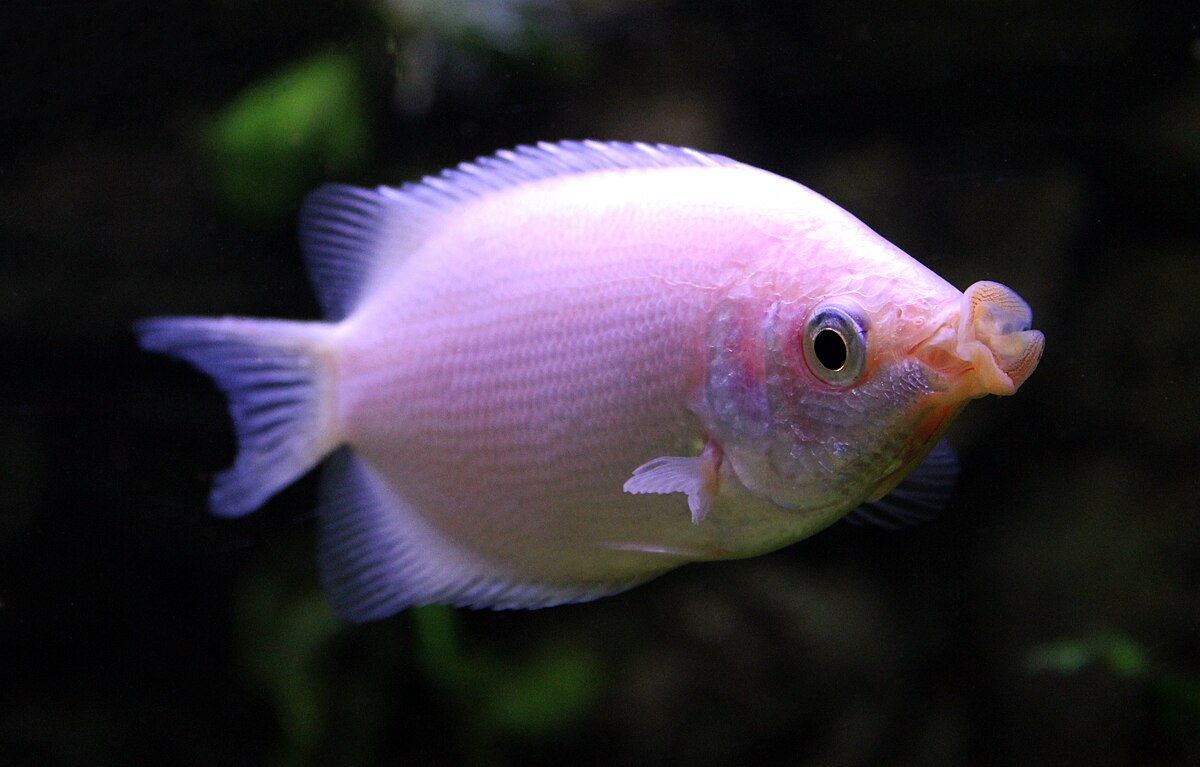The Gourami Family
Betta Splendens, the topic of this blog, are apart of the Gourami
family, or Osphronemidae. (I don't think I could ever to learn to
pronounce that word, so let's just stick to Gourami, shall we?)
Gourami,
according to adlayasanimals.wordpress.com, is defined as, “...a
freshwater fish that breathes air.” They are native to Asia—South
Asia specifically. There are many different types, and the genus of
betta is a subsection of that family. The most famous of that
genus is B. Splendens. Today, I am going to explore all of the
different relatives of our favorite fish. Some of those relatives
are:
- Sparking Gourami
- Flame Dwarf Gourami
- Neon Blue Gourami
- Chocolate Gourami
- Kissing Gourami
- Moonlight Gourami
Gouramis
live in small ponds, lowland marshes, and swamps. As such, they have
evolved a certain amount differences from other fish, including the
labyrinth.
I
admit, I do not remember if I have mentioned this organ before, but
it is basically what allows the gouramis to famously live in such
uninhabitable places. It lets them take part of their required oxygen
from the air, as bettas do. (Bettas, are, of course a type of
gourami, so it should probably be expected; although I did not know
before the start of my research that other families of gourami used
the labyrinth organ.) The labyrinth organ works by bringing small air
bubbles into the fish's gill chamber, an then expelling the oxygen
out into the water through the gill cover, where it can then be
absorbed by the gills for use.
These
air bubbles also do something else—something I certainly didn't
expect: they allow the fish to hear.
The
storage place of these bubbles is right beside a membrane connecting
to the inner ear. Vibrations in the water are then transmitted
through the air bubble and into the ear.
Gouramis can communicate with one another by croaking. (I found this
to be rather amusing—what are they? Frogs?) They can croak thanks
to their labyrinth. (Of course!) They use this communication to
establish dominance and territory borders.
They can also synchronize their breathing. This occurs when a big
group of wild gouramis huddle together near the surface of their pond
to protect themselves and each from predators. After all, there's
safety in numbers.
Kissing gouramis, who get their adorable name from when they lock
their lips together in what appears to be a fishy make-out session,
are actually fighting for dominance when they do that. It usually
occurs amount the younger males in an attempt to lay claim to a
territory or feeding spot.
Gouramis
come in many shapes and sizes, and so that means you need to have the
right sized tank for your gouramis. If you're planning on getting any
kind of gourami, make certain you do your research. Just because you
buy them small, doesn't mean they'll stay that way. Kissing Gouramis,
for example, grow to about 12 inches, or 30.48 centimeters. A 30
gallon tank (113.56 liters) is recommended for this fish. Bettas grow
to be maybe
three
inches from nose to tail-tip, and need a tank at least 2.5 gallons
(9.46 liters) or higher. (Some sites even say 5 gallons [18.9 liters]
and no less!) In short, pick your fish according to your tank size,
and pick your tank size according to your budget, as tanks can be
pricey. It's better to pass on a pretty fish and let someone else
give them the life they require than buy it and not give it the space
it needs.
As always, I hope you have enjoyed my blog as much as I've enjoyed
writing it. Until next time, have a fin-tastic day!
Sources:



Comments
Post a Comment